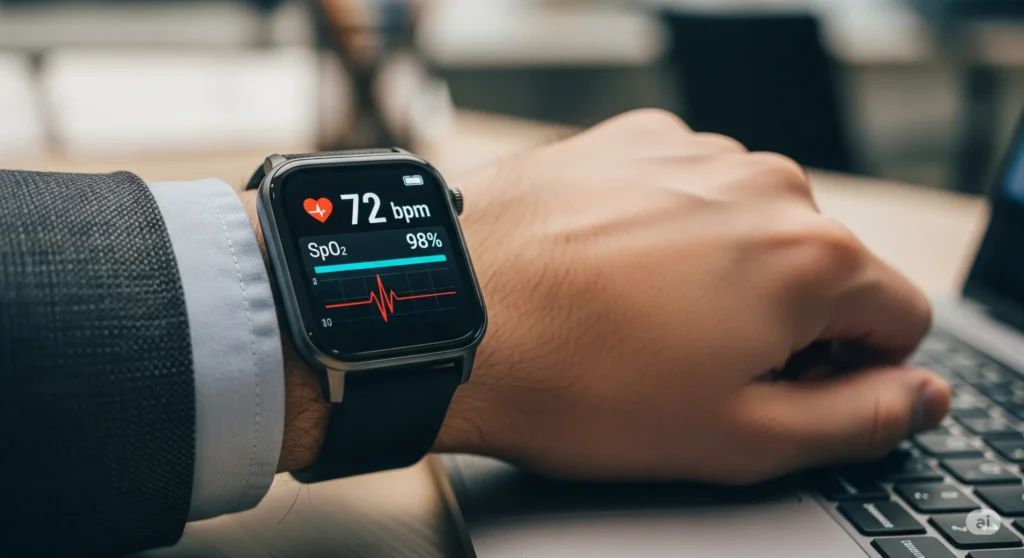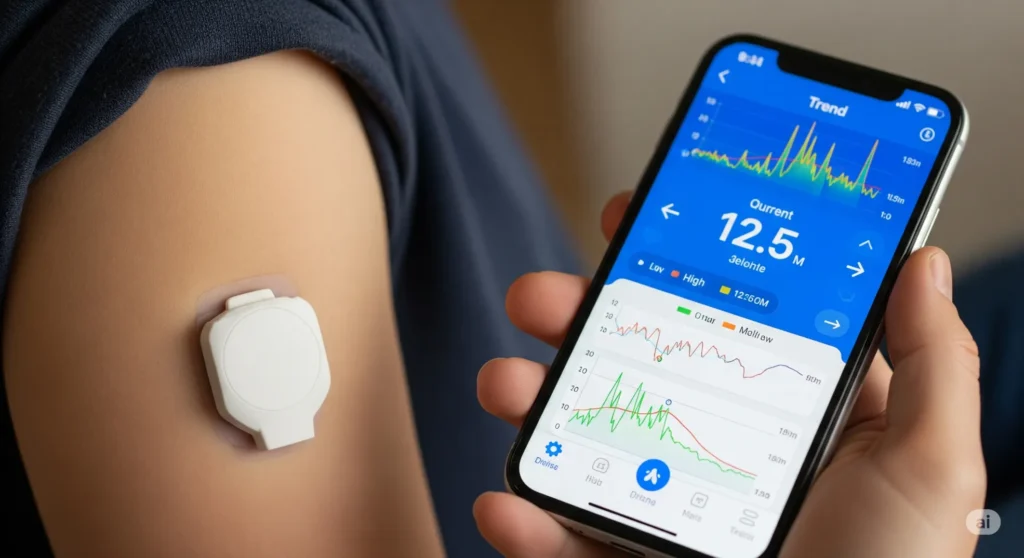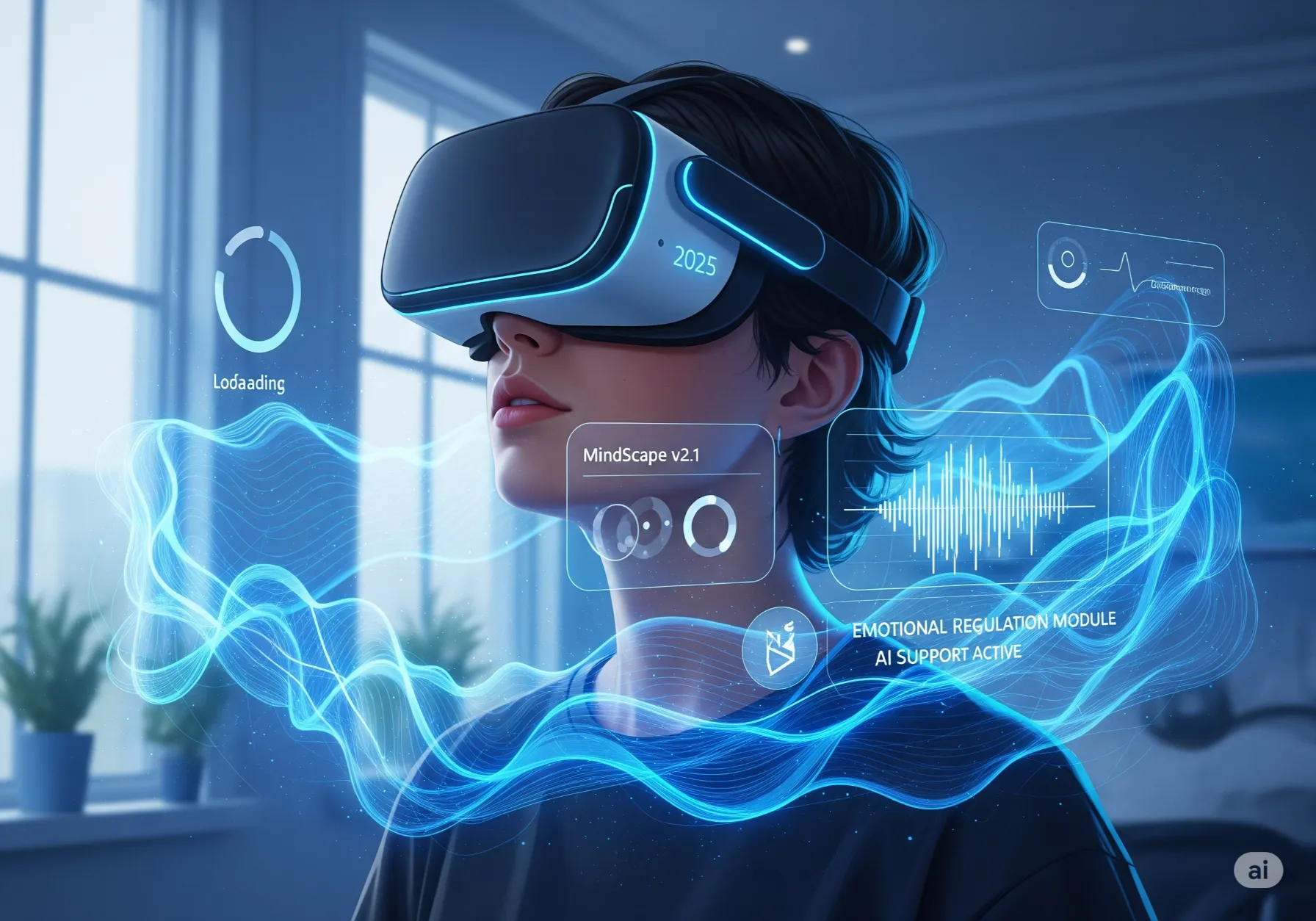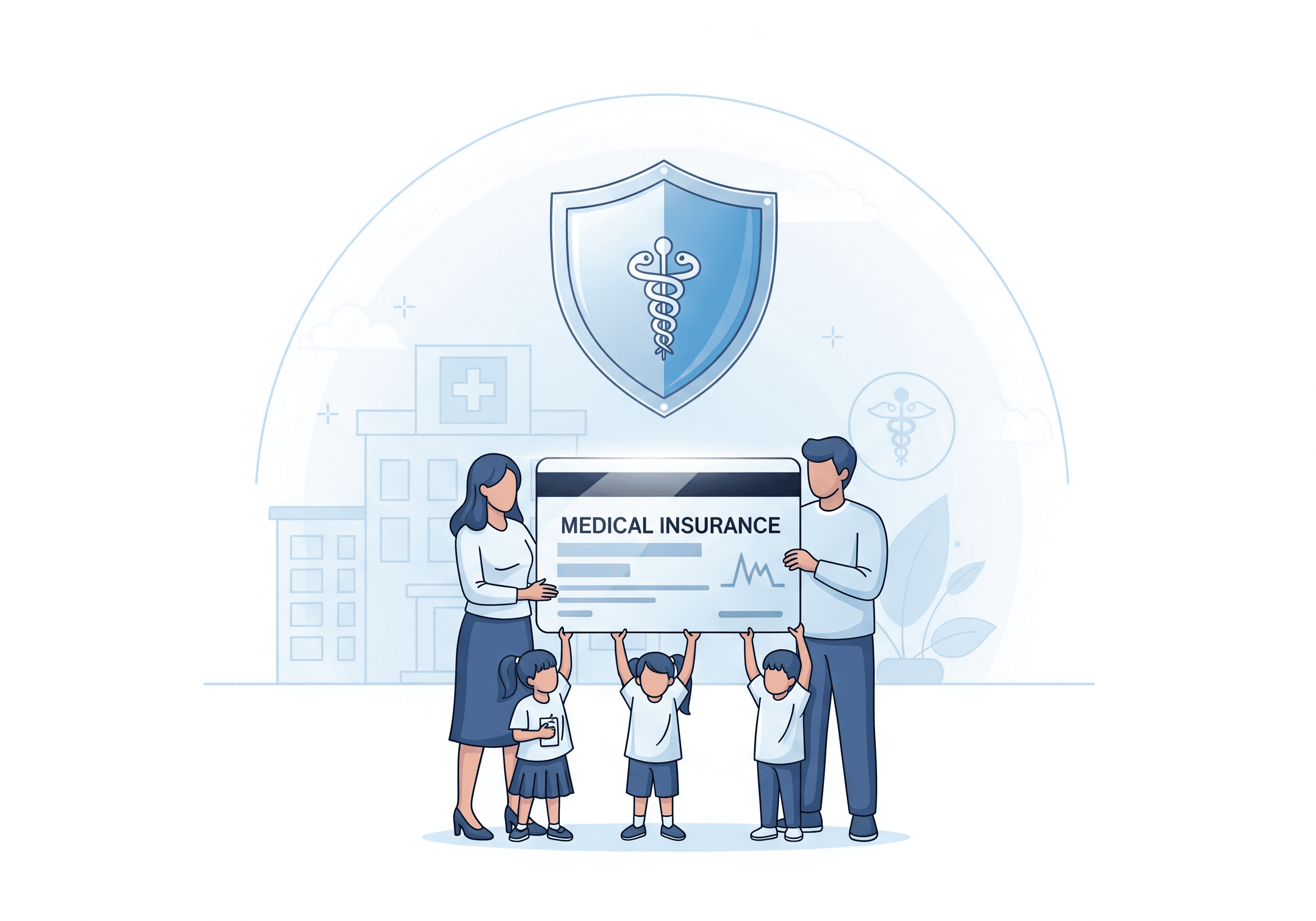Introduction: The Rise of Wearable Health Tech
In the last decade, wearable health technology has shifted from being a futuristic concept to an everyday reality. Today, it is not uncommon to see people wearing smartwatches that can monitor heart rate, track sleep quality, and even detect irregular heart rhythms. From blood pressure tracking to glucose monitoring, wearable devices are revolutionizing how we approach healthcare—placing more control directly into the hands of individuals.
Smart diagnostics are equally transformative, turning these gadgets into proactive health assistants capable of identifying potential health risks before symptoms become severe. By combining advanced sensors, AI-driven analytics, and real-time data transmission, these technologies empower users to self-monitor their health and take timely action, reducing the burden on traditional healthcare systems.
This article dives deep into the technologies, benefits, limitations, and future of wearable health tech and smart diagnostics—exploring how they’re helping in early intervention and overall wellness management.
1. The Evolution of Wearable Health Technology
Wearable health tech has come a long way since the early days of basic step counters.
- First-generation devices like pedometers simply counted daily steps.
- Second-generation wearables introduced heart rate monitoring, GPS tracking, and calorie estimation.
- Current-generation devices now incorporate ECG (electrocardiogram) capabilities, continuous glucose monitoring (CGM), oxygen saturation tracking (SpO₂), and even skin temperature measurement.
The integration of AI has further enhanced these devices, allowing for predictive analytics—spotting potential problems before they occur.
Key milestones:
- 2009–2013: Fitbit and early smart bands dominate fitness tracking.
- 2014–2016: Apple Watch and Android Wear enter the health arena.
- 2018–2020: FDA-approved ECG and atrial fibrillation detection on consumer devices.
- 2021–2025: Growth of non-invasive glucose monitoring, blood pressure wearables, and AI-powered diagnostics.

2. How Wearable Health Tech Works
Modern wearables use biosensors to measure physiological parameters.
- Optical sensors detect changes in blood flow for heart rate and oxygen measurements.
- Electrochemical sensors measure sweat or interstitial fluid for glucose tracking.
- Pressure sensors monitor blood pressure non-invasively.
- Motion sensors (accelerometers, gyroscopes) detect movement, posture, and fall risks.
These devices connect via Bluetooth or Wi-Fi to companion apps, where AI analyzes patterns and generates personalized health insights.
3. Popular Types of Wearable Health Devices
3.1 Smartwatches
- Measure heart rate, steps, calories, SpO₂, and more.
- Advanced models offer ECG and irregular heartbeat alerts.
- Example: Apple Watch, Samsung Galaxy Watch, Fitbit Sense.
3.2 Continuous Glucose Monitors (CGMs)
- Track blood glucose levels in real-time without finger pricks.
- Useful for diabetics and for lifestyle health tracking.
- Example: Dexcom G7, Abbott FreeStyle Libre 3.
3.3 Blood Pressure Wearables
- Smart bands or cuffs measure BP anytime.
- Example: Omron HeartGuide smartwatch.
3.4 Wearable ECG Monitors
- Offer medical-grade heart rhythm data for detecting arrhythmias.
- Example: Withings Move ECG, KardiaMobile.
3.5 Smart Rings
- Measure sleep quality, HRV (heart rate variability), and recovery.
- Example: Oura Ring, Circular Ring.

4. Benefits of Wearable Health Tech & Smart Diagnostics
4.1 Early Detection and Prevention
Wearables can alert users to changes in vital signs before symptoms appear. For instance, a rise in resting heart rate or drop in oxygen saturation could signal illness.
4.2 Empowering Patients
Instead of relying solely on annual checkups, individuals can track their health daily.
4.3 Reducing Healthcare Costs
By preventing serious conditions, wearables reduce emergency visits and hospital stays.
4.4 Remote Patient Monitoring
Doctors can monitor patients from afar, improving care for chronic conditions.

5. Challenges and Limitations
- Accuracy concerns: Consumer wearables may not always match clinical devices.
- Data privacy: Sensitive health information must be protected.
- Battery life: Continuous monitoring drains battery quickly.
- Over-reliance: Users may misinterpret data without medical guidance.
6. The Role of AI in Smart Diagnostics
AI is the brain of modern wearable health devices.
- Detects abnormal heart rhythms using deep learning algorithms.
- Predicts blood sugar fluctuations based on diet, activity, and sleep patterns.
- Identifies patterns of respiratory changes for early COVID-19 or flu detection.
AI also powers personalized health coaching, giving recommendations tailored to each user’s habits.
7. Future Trends in Wearable Health Tech
- Non-invasive glucose and hydration monitoring in mainstream devices.
- Integration with telemedicine for instant doctor consultations.
- Wearable patches that deliver medication while monitoring vitals.
- Smart clothing with embedded biosensors.
- AI-driven predictive health models that forecast illness risk.
8. How to Choose the Right Wearable Health Device
When selecting a device, consider:
- Primary purpose (fitness, chronic condition, preventive health)
- Accuracy and certifications (FDA approval, medical validation)
- Battery life
- Compatibility with your phone and apps
- Data security features

9. Conclusion
Wearable health tech and smart diagnostics are no longer luxuries—they’re essential tools in modern healthcare. Whether tracking heart rate, monitoring glucose levels, or analyzing sleep patterns, these devices empower individuals to take charge of their well-being.
By merging technology with medical science, we are moving toward a future where health issues can be detected earlier, treatments can be personalized, and overall healthcare costs can be reduced.
The key is to embrace these technologies responsibly, ensuring accuracy, privacy, and proper medical guidance.








🔒 🔐 Security Needed: 0.9 Bitcoin transfer delayed. Unlock here > https://graph.org/Get-your-BTC-09-11?hs=08a0aea81744741e8662d713bca88c1e& 🔒
ojcifc